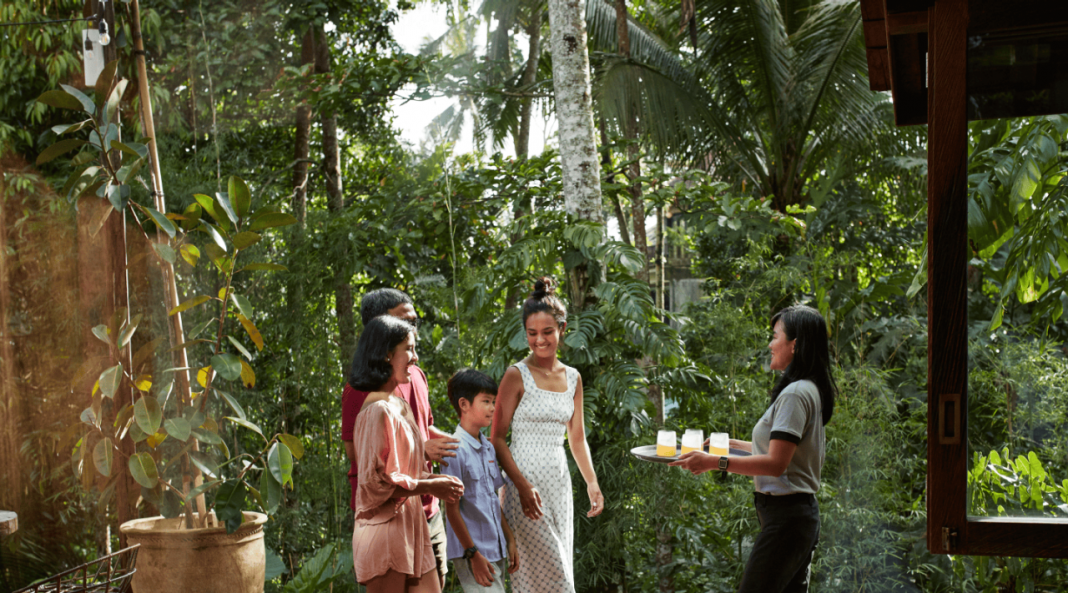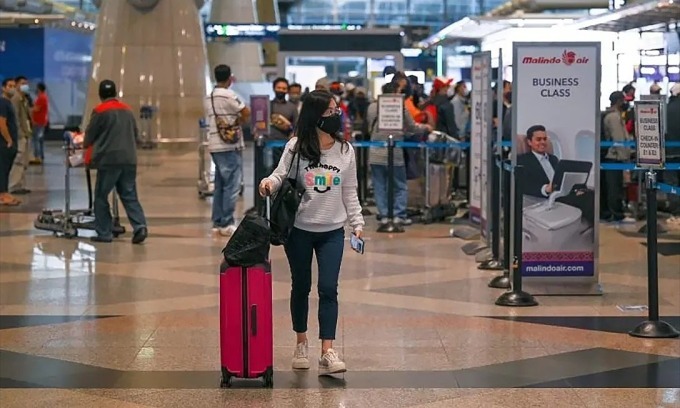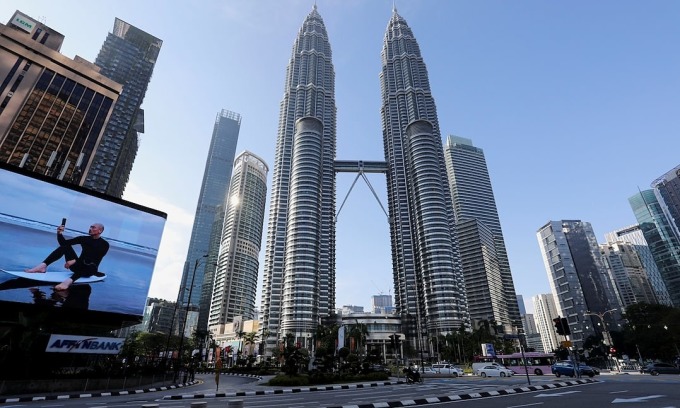Tourism authorities at South Korea’s Gyeongnam province are working to raise the region’s profile among travellers, playing up the many natural attractions and cultural sites through targeted marketing strategies to attract first-comers as well as repeat visitors.
Kim Yong-man, director, Gyeongsangnam-do Tourism Policy Division, said: “Gyeongnam has high potential for growth in the tourism industry. We are confident that if tourists experience the beauty of the province’s many areas, they will want to revisit.”
Gyeongnam comprises 18 cities and counties, and is home to an abundance of nature, with many coastal areas and national parks, thousand-year-old temples and historical relics. Visitors can enjoy various recreational activities throughout the year, such as trekking in the Jirisan National Park, island trekking, yacht tours, and surfing.
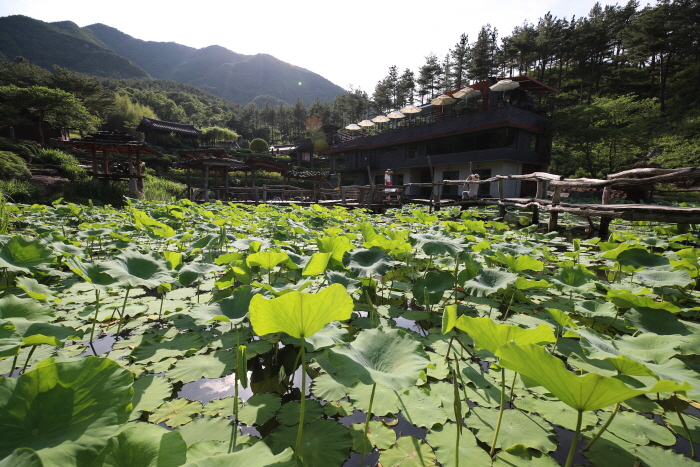
“Additionally, Gyeongnam hosts seasonal flower festivals in the spring and summer, featuring cherry blossoms, azaleas, and hydrangeas, while the autumn months bring breathtaking foliage,” he added.
The Gyeongnam government is focusing on four main marketing strategies – specialised tourism products, on-site marketing, incentive grants to travel agencies, and promotion through its own website and social media channels that are run in English, Japanese and Chinese.
At the same time, the province is hoping to capitalise on its many wellness destinations to attract travellers searching for rest and rejuvenation. Korean Tourism Organization has identified seven wellness destinations in Gyeongnam alone, namely the Donguibogam Village in Sancheong, Sky-lake in Geochang, Hanwha Belvedere in Geoje, Napoli farm in Tongyeong, Odo-san Healing Forest in Hapcheon, Anti-Aging Healing Land in Geochang, and Sup-ae-seo in Yangsan.
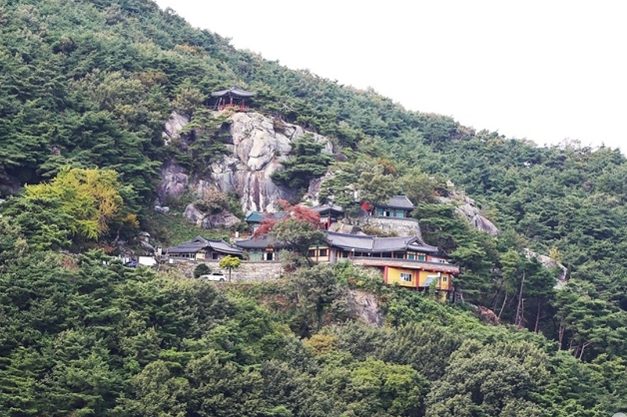
The province itself has selected four additional sites – Hwangmaesan National Park in Hapcheon, Worasan Forest in Jinju, Natural Recreation Forest in Geoje, and Namsa Yedamchon in Sancheong.
These destinations offer programmes featuring traditional medicine, healing, meditation, and nature and forest therapy.
Notably, Donguibogam Village, South Korea’s first herbal medicine-themed park at the foot of the Wangsan, is a popular spot for healing tours, and provides educational and interactive experiences.
There are also temples, such as Suseonsa Temple, that offer stay programmes and venues that offer healing experiences.
“Gyeongsangnam-do boasts numerous exceptional wellness tourism sites, offering visitors the opportunity to relax both physically and mentally while enjoying the province’s stunning natural landscapes,” said Kim.
By 2025, Gyeongnam Province hopes to attract 400,000 tourists, twice as many as the 200,000 it received in 2023.
As Gimhae International Airport is the most direct way to reach Gyeongnam, the office is focusing on source markets that have direct flights, such as Japan and China.
Cre: TTG ASIA




